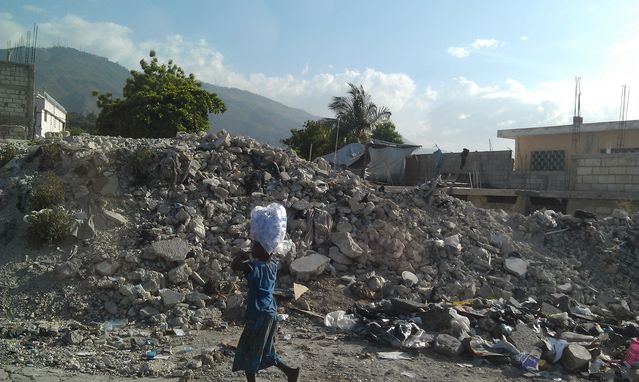Hope for Restavek Children in Haiti
Hope for Restavek Children in Haiti
New HDI research finds that adapted intervention benefits traumatized children.

Source: Photo courtesy of Humanitarian Disaster Institute
What is Restavek?
Restavek is a form of modern-day slavery that is estimated to affect 300,000 (approximately 1 in 10) children in Haiti. The word is derived from the French and Creole term reste avec, which translates to “one who stays with.” It typically involves a child—usually around five years old—from a poor rural family being sent to work as an indentured domestic servant for an affluent urban family. Though the practice began as families sending their children to slightly wealthier urban relatives who could better provide for them, it now more often involves recruiters who are paid to find child slaves for host families. The devastation caused by the 2010 earthquake exacerbated this practice, as families who had lost their homes could no longer afford to care for their children and felt their best option was to send them away. Restavek children are commonly subjected to physical, psychological, and sexual abuse, and experience a high rate of trauma, as well as other mental health concerns.What is SO-TF-CBT for Restavek Children?
Spiritually Oriented Trauma Focused Cognitive Behavioral Therapy (SO-TF-CBT) is a culturally adapted, standardized 12-week mental health treatment for restavek children in Haiti. It was designed to help children and adolescents of various faith backgrounds work through potential spiritual issues that may arise and become intertwined with their trauma history. The intervention is designed to be implemented by an in-country lay counselor in a one-on-one format, with each session lasting approximately one hour. Sessions focus on topics like psychoeducation, relaxation, trauma narratives, and spiritual struggles.Our study on the effects of this treatment for restavek children involved 20 control participants and 38 treatment participants.

